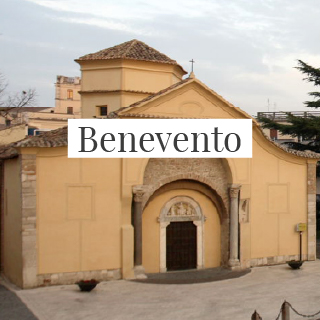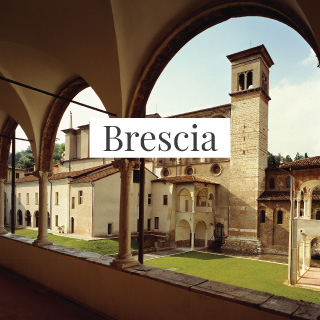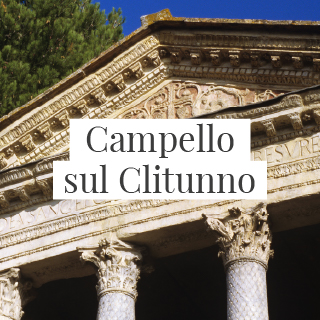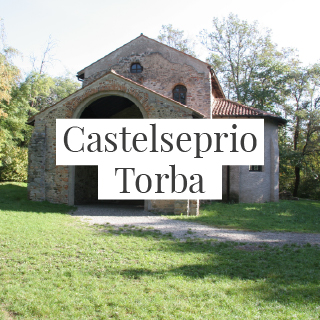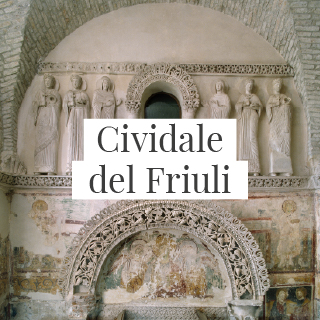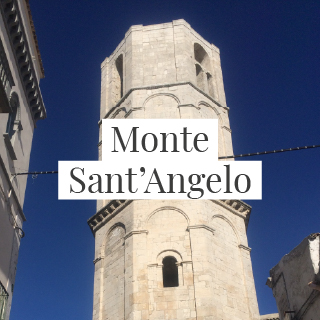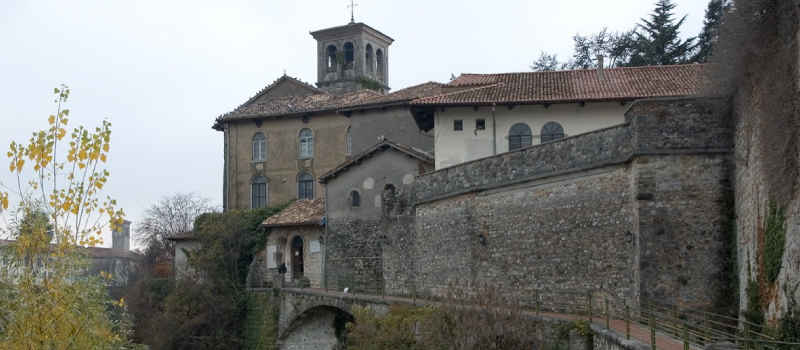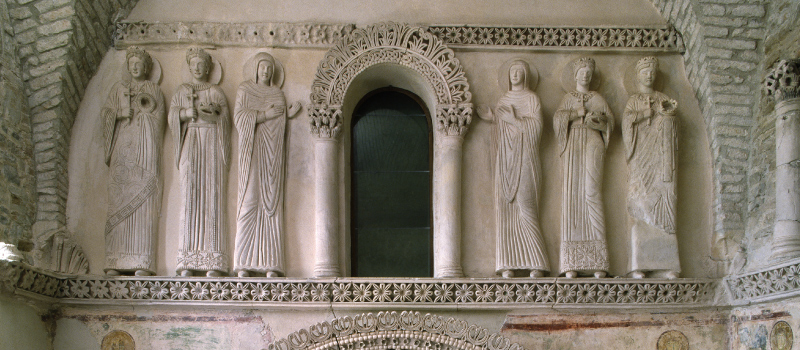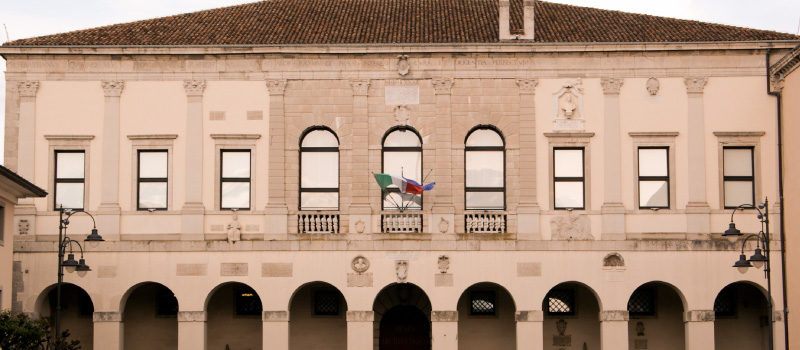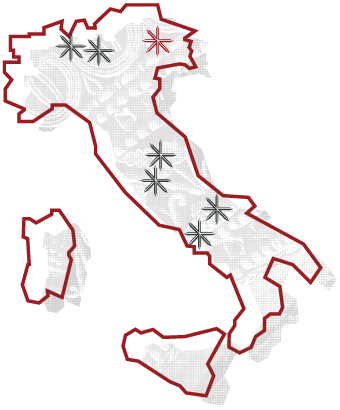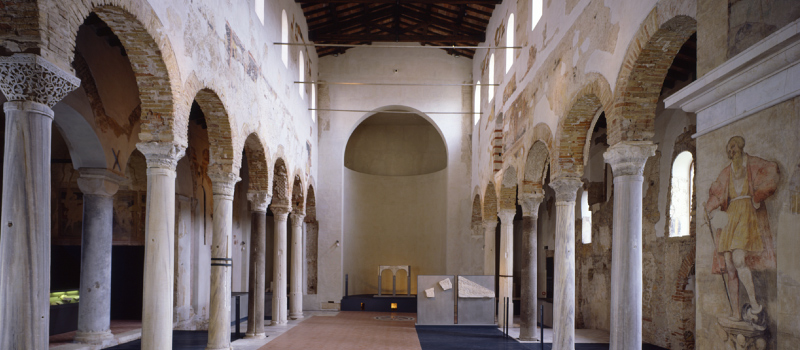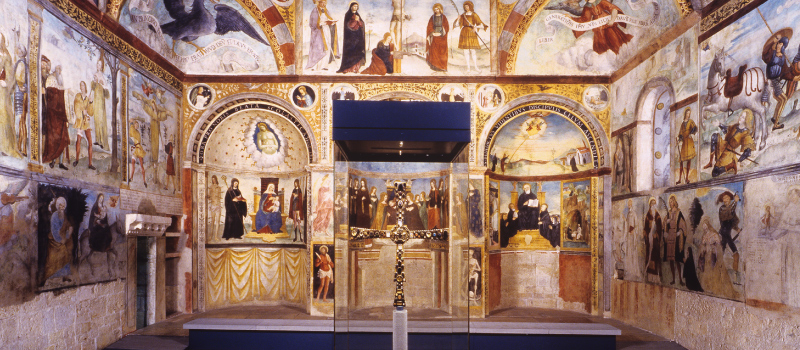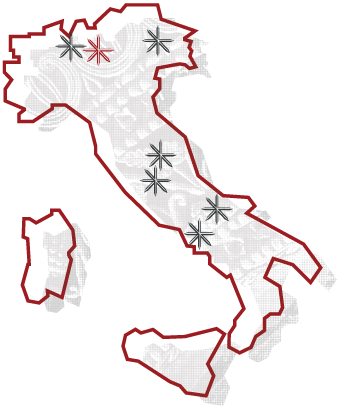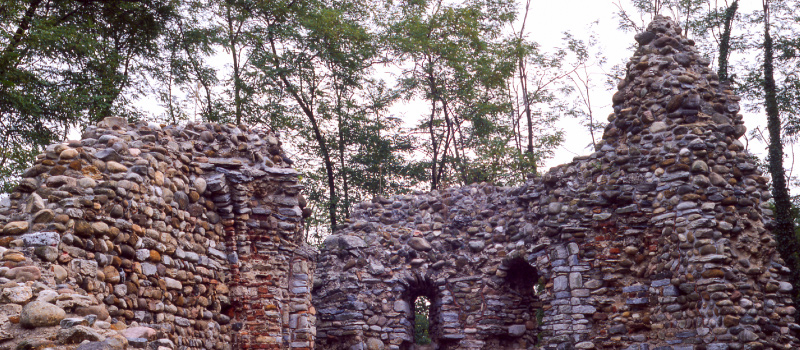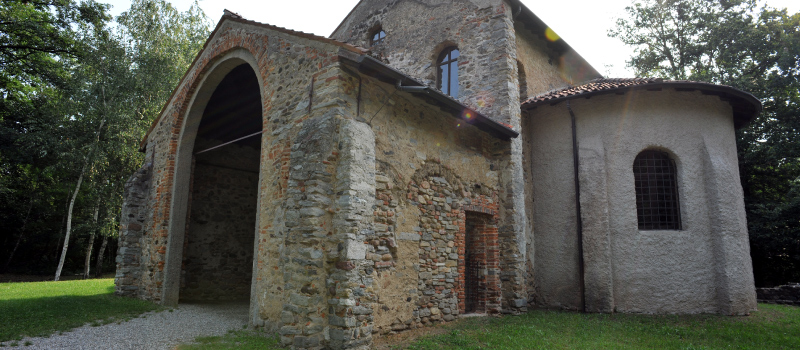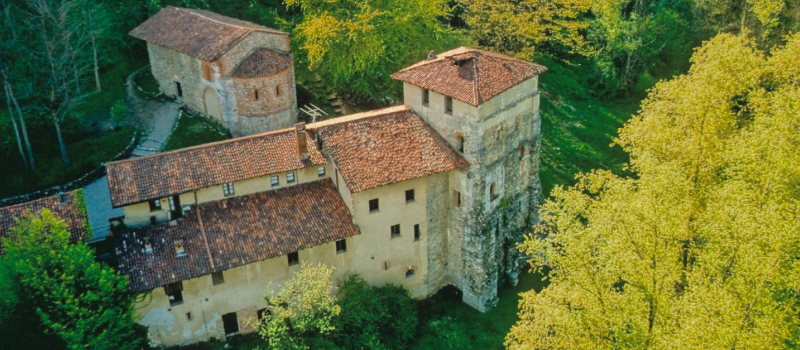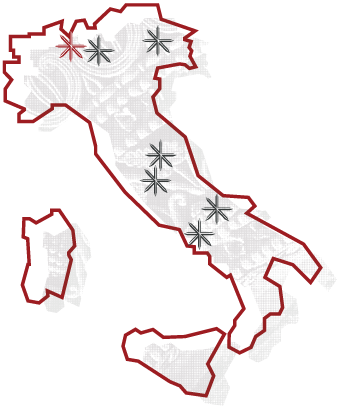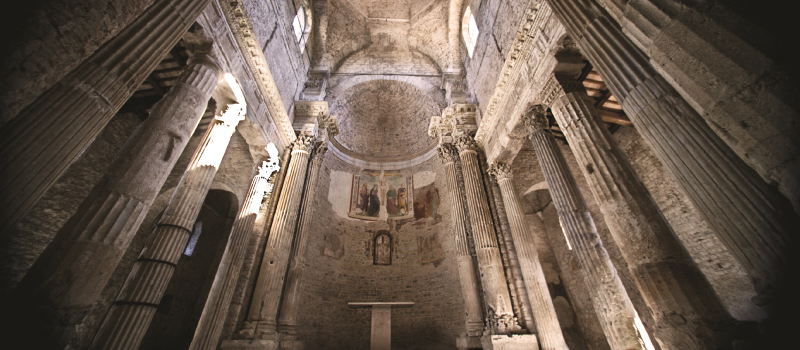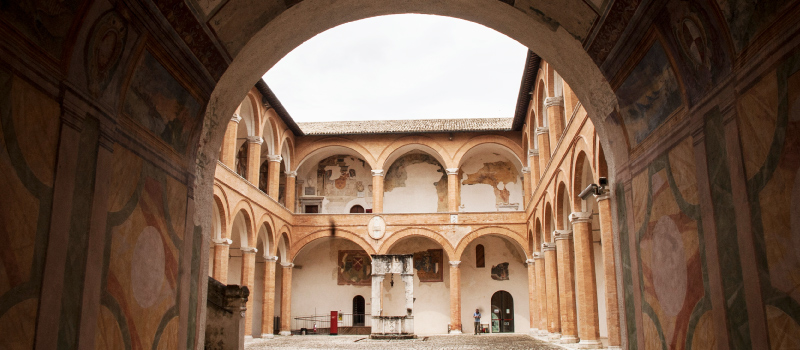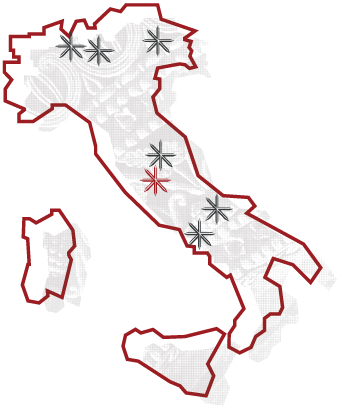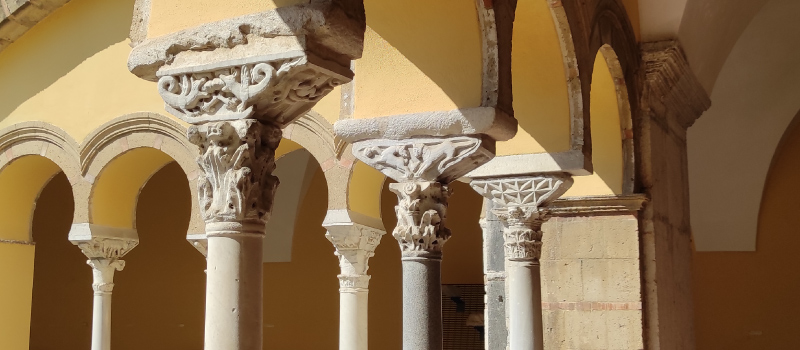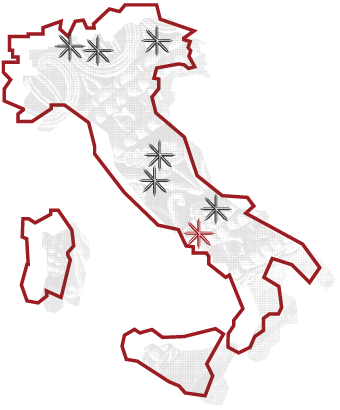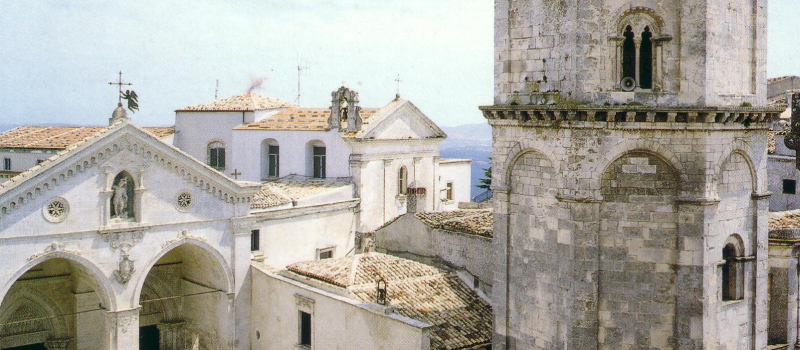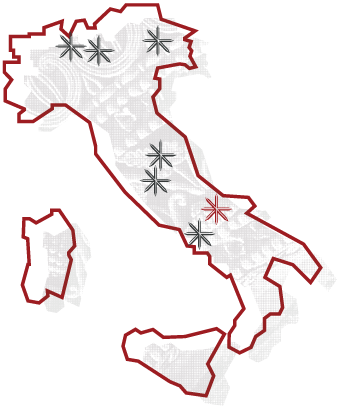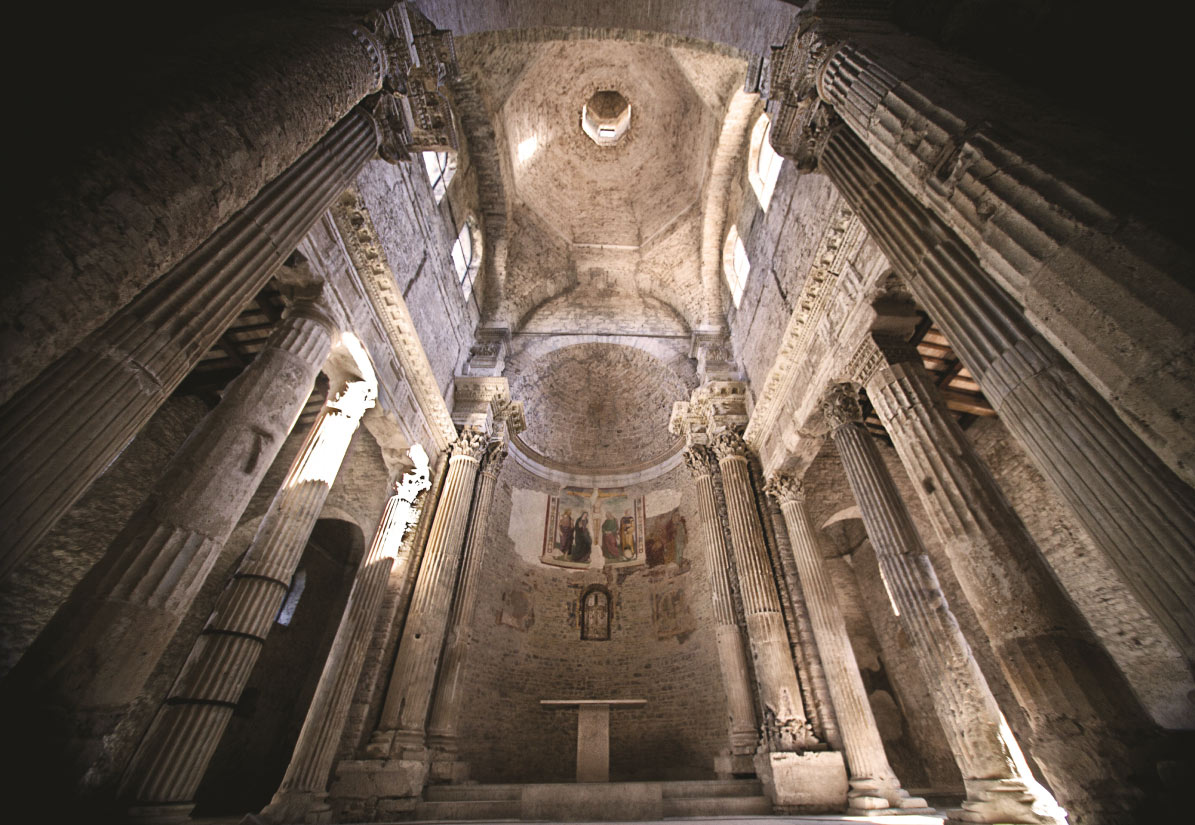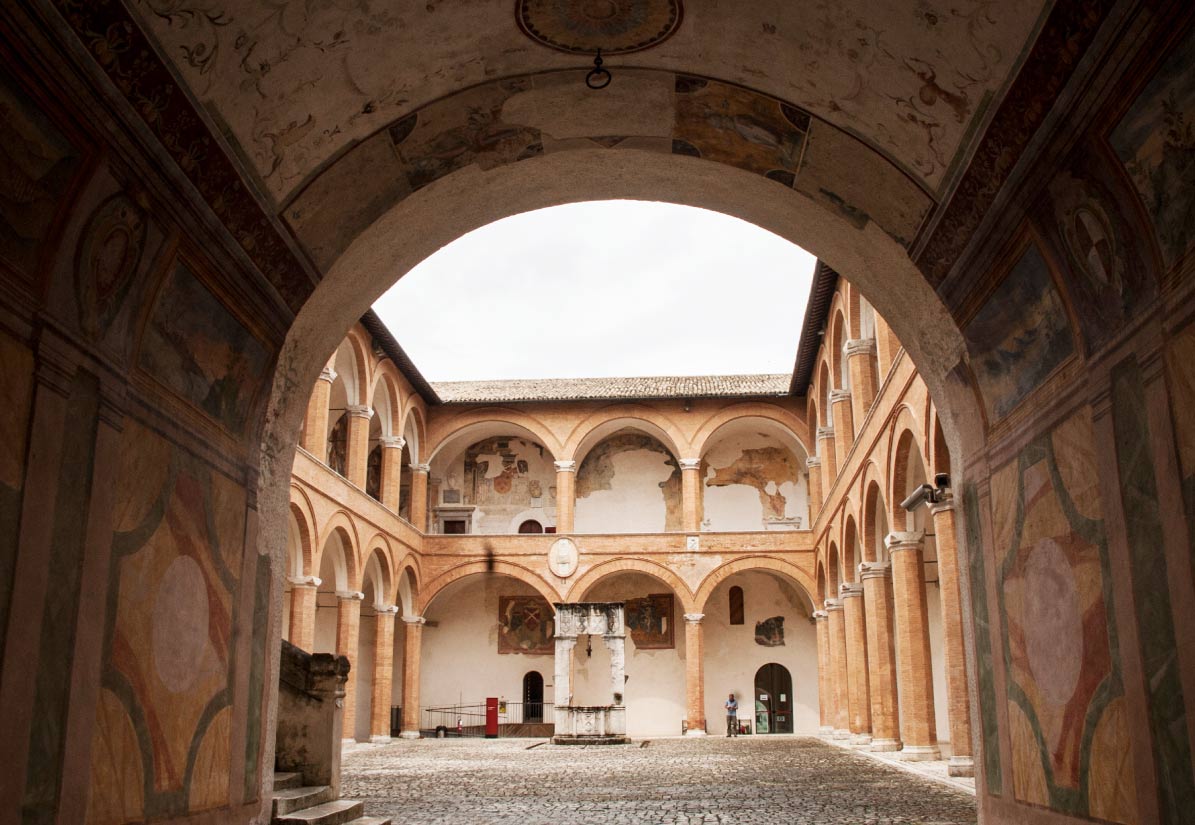Spoleto
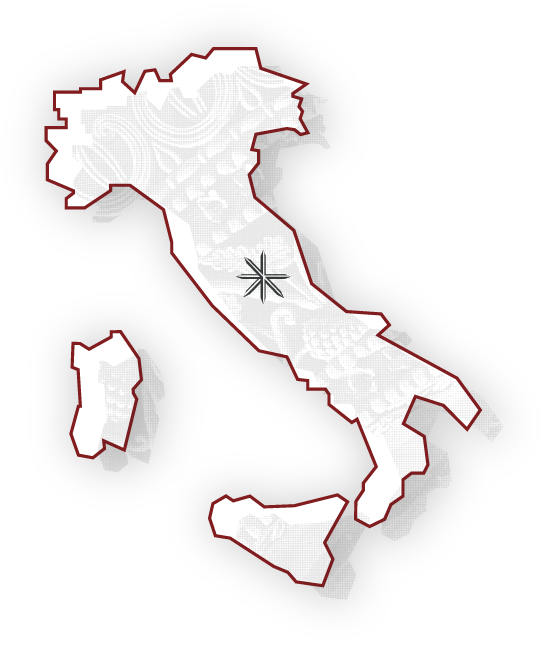
Spoleto,
Duchy on the Via Flaminia
Spoleto, in the province of Perugia, was a Lombard city of the first rank. It maintained this role uninterruptedly from Late Antiquity to the Early Medieval period, when it became an important centre based on a religious martyrium related to the “civitas Spoletina” of the Lombard ethnic group. The results of archaeological excavations connected to rebuilding work following the 1997 earthquake indicate the primary role played by the city of Spoleto starting from the 4th century AD, when significant building activity was conducted for the refurbishment of Roman public buildings, concerning the theatre and in large public baths in particular.
In the late 4th and early 5th century, written evidence and the number of churches erected outside the urban area testify to the role of the Church and the strong influence of the bishops of Spoleto.
Spoleto also had a far from marginal role with regard to wide-ranging contacts: a significant indication is the arrival in Spoleto from Syria, probably in the third decade of the 6th century, of the hermit monk Saint Isaac, whose presence led to the spread of the phenomenon of hermitism of Eastern origin, which prepared the ground for the formation of St Benedict and Western monasticism.
Spoleto Council is a founding partner of the Italia Langobardorum Association. This part of the UNESCO Serial Site consists of the church of San Salvatore.
Church of San Salvatore
The National Duchy Museum
Education
